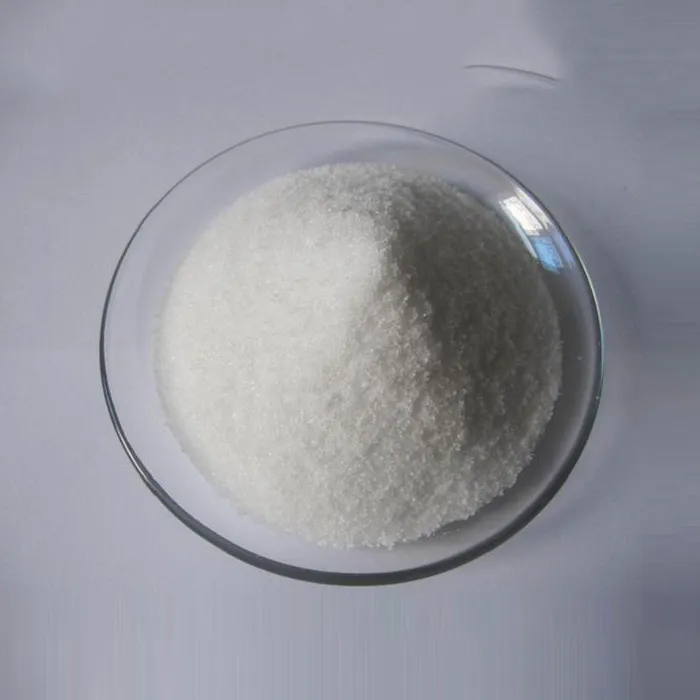Acrylamide in Water Treatment Understanding Its Implications and Applications
Acrylamide is a chemical compound widely recognized for its role in various industrial processes, particularly in the production of polyacrylamide. This polymer is extensively utilized in water treatment, where it aids in the clarification and purification of water, making it safe for consumption and use. However, the presence of acrylamide in water treatment has raised concerns due to its potential health effects, particularly as it is classified as a probable human carcinogen. This article delves into the applications of acrylamide in water treatment and discusses the associated implications for public health and safety.
What is Acrylamide?
Acrylamide is a colorless, odorless organic compound that is soluble in water. It is produced when certain foods are cooked at high temperatures, particularly starchy foods. Additionally, acrylamide can be formed during the browning process (Maillard reaction). In industrial contexts, acrylamide is synthesized primarily for the production of polyacrylamide gels used in various applications, including wastewater treatment, paper manufacturing, and mining.
Role of Acrylamide in Water Treatment
In the realm of water treatment, polyacrylamide plays a pivotal role as a flocculant. Flocculation is the process of aggregating fine particles in water to form larger clusters or flocs, which can then be easily removed through sedimentation or filtration. Polyacrylamide facilitates this process by enhancing the formation of these flocs, thereby improving the efficiency of the treatment process.
The use of acrylamide in water treatment can significantly reduce the turbidity of water, which is often caused by suspended solids and organic matter. Cleaner and clearer potable water can be produced, meeting the regulatory standards set forth for drinking water quality. Moreover, polyacrylamide can also be effective in the treatment of industrial wastewater, where it helps to clarify and reduce pollutants before the water is discharged back into the environment.
Health Concerns
acrylamide water treatment

Despite its benefits in water treatment, acrylamide poses significant health concerns. Studies have shown that acrylamide can form in drinking water through reactions involving organic matter, especially in chlorinated water systems. The potential for human exposure raises alarm, as chronic exposure to this compound has been linked to various health risks, including neurological damage and reproductive issues.
Regulatory agencies worldwide are taking steps to monitor and manage the levels of acrylamide in drinking water. The Environmental Protection Agency (EPA) in the United States has set guidelines for acceptable limits of acrylamide in drinking water, emphasizing the importance of protecting public health while ensuring the efficacy of water treatment processes.
Best Practices in Water Treatment
The safe use of acrylamide in water treatment necessitates the implementation of best practices to minimize health risks. This includes rigorous monitoring of acrylamide levels during the treatment process and exploring alternative flocculants that do not carry the same health risks. Continuous research into the toxicology of acrylamide and advancements in water treatment technologies can lead to safer practices.
Furthermore, public awareness about acrylamide and its implications is crucial. By educating communities about the sources of acrylamide and its potential hazards, we can foster a more informed public that advocates for safer water treatment standards.
Conclusion
In summary, acrylamide is a valuable tool in water treatment, aiding in the clarification and purification of water for safe consumption. However, its potential health implications mandate a cautious approach to its use. Ongoing monitoring, research, and public education are essential to ensure that the benefits of acrylamide in water treatment do not come at the expense of public health. As we move forward, it is vital to balance the effectiveness of water treatment processes with the safety and well-being of communities.

